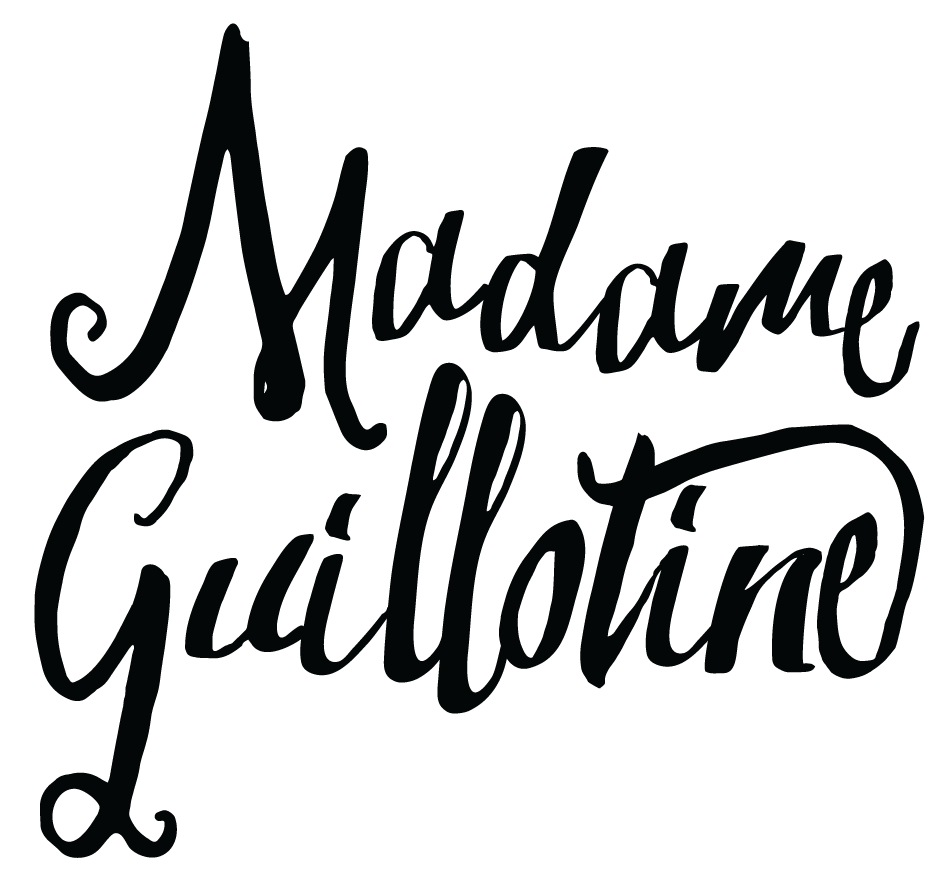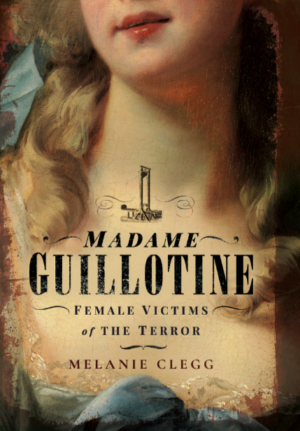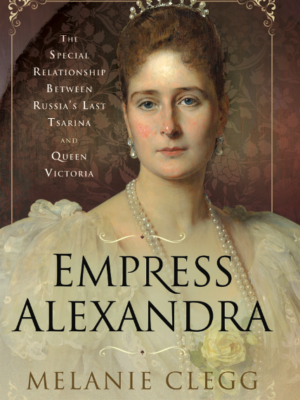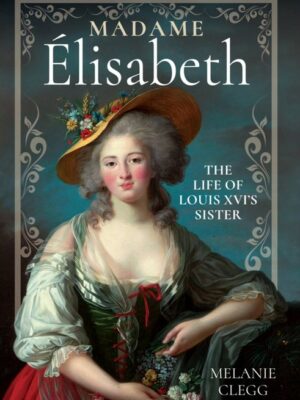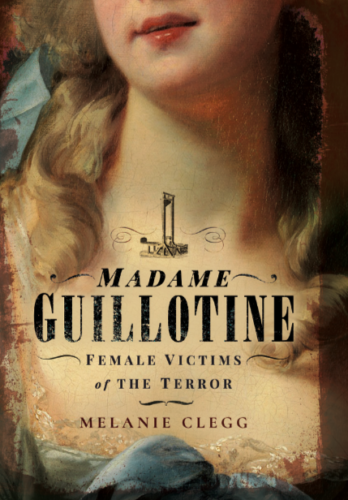
‘Oh liberty, what crimes are committed in your name’ – Madame Roland, November 1793.
Few periods in history have so polarised opinion or captured the imagination as much as the French Revolution, with its unique blend of drama, personal rivalry, political machination and violent upheaval. Although the early years of the Revolution were marked by enormous enthusiasm and excitement, by the summer of 1792, tensions were rising in the streets of Paris, until finally it exploded – with horrifying results. Between September 1792 and July 1794, during the period known as the Terror, the nascent French Republic inflicted an increasingly nightmarish orgy of violence, fear and paranoia on the populace. The sight of insouciant aristocrats being taken to the guillotine in tumbrels is a familiar and often oddly glamorised one thanks to numerous films and television shows, but the reality of what happened to prisoners during that dark period of French history is rather different. In this book, Melanie Clegg explores the shocking events of the Terror through the eyes of several women, some famous while others are less well known, who met their deaths on the scaffold during that turbulent time.

The Princess – Élisabeth of France, youngest sister of Louis XVI, grew up in the privileged and gilded world of her brother’s court at Versailles. However, opting to remain with her brother and his family in France rather than take the opportunity to escape, would ultimately end in her condemnation and death.
The Dreamer – Lucile Duplessis defied her wealthy, middle class parents in order to marry the much older journalist Camille Desmoulins and for a while the couple would be at the very heart of political life – until their close friend Robespierre, an old school friend of Camille who was also godfather to their son, turned against them.

The Feminist – Disillusioned by an unhappy marriage, Olympe de Gouges threw herself whole heartedly into her true passion – writing. Her Declaration for the Rights of Women and the Female Citizen was a rallying cry for other women who felt sidelined by the Revolution but would ultimately lead to her downfall.
The Politician – A highly gifted and resourceful woman, Manon Roland was barred by her sex from entering the world of politics on her own account and so was forced to ambitiously work on her husband’s behalf, which made her several deadly enemies.

The Beauty – Allegedly one of the most beautiful women in Paris, if not all of France, Charlotte-Rose-Émilie de Sainte-Amaranthe had risen from being the daughter of a notorious courtesan to marriage with one of Louis XVI’s ministers. After her execution, which was reputedly the result of having spurned the advances of a leading Jacobin, the fashionable women of Paris began wearing red scarves in her honour.
The Assassin – A quiet, well educated young woman from the provinces, inflamed with passion for the moderate Girondin cause, Charlotte Corday was horrified by the excesses of the Terror and decided to attempt to save France by killing the man she believed responsible, Jean-Paul Marat.
